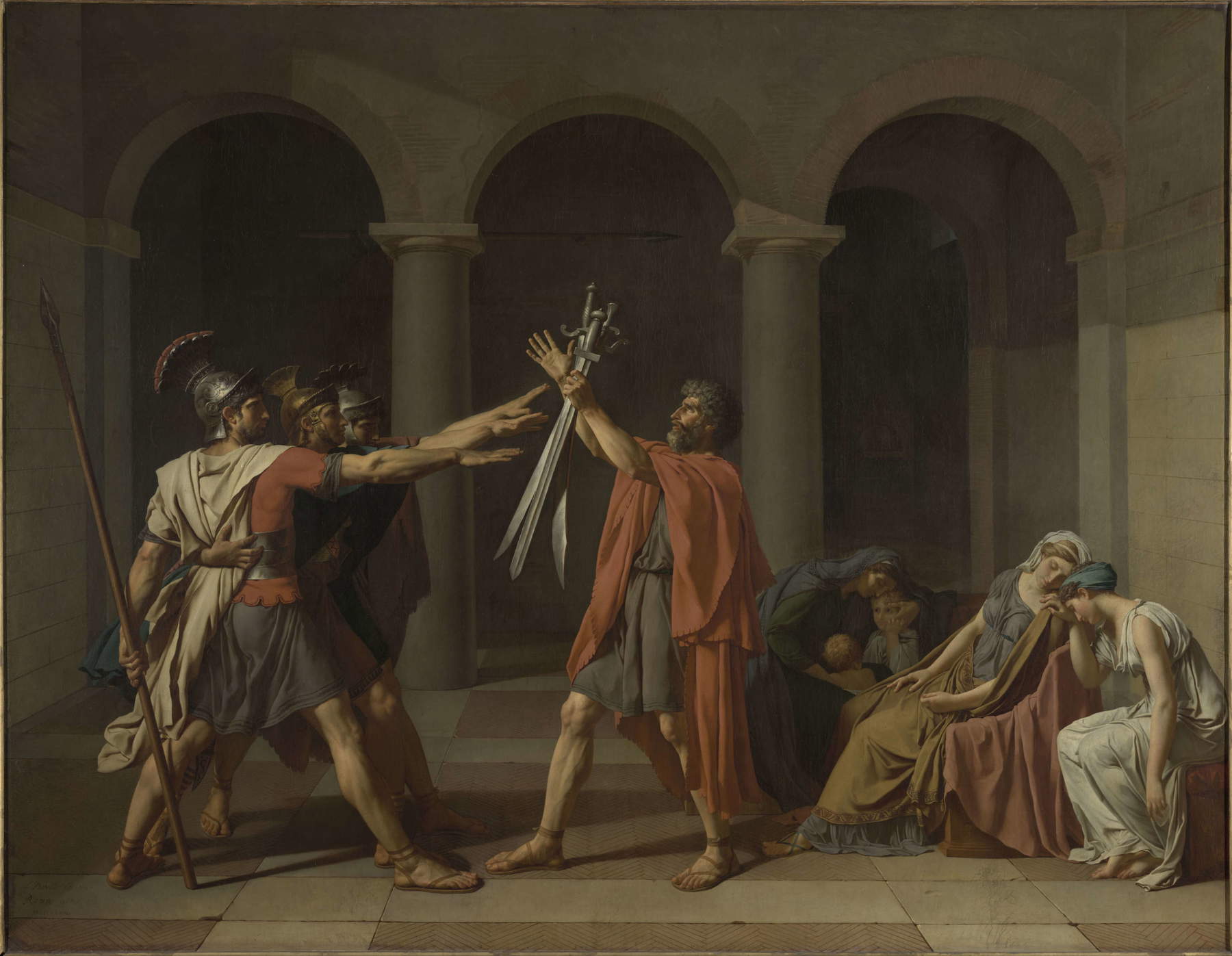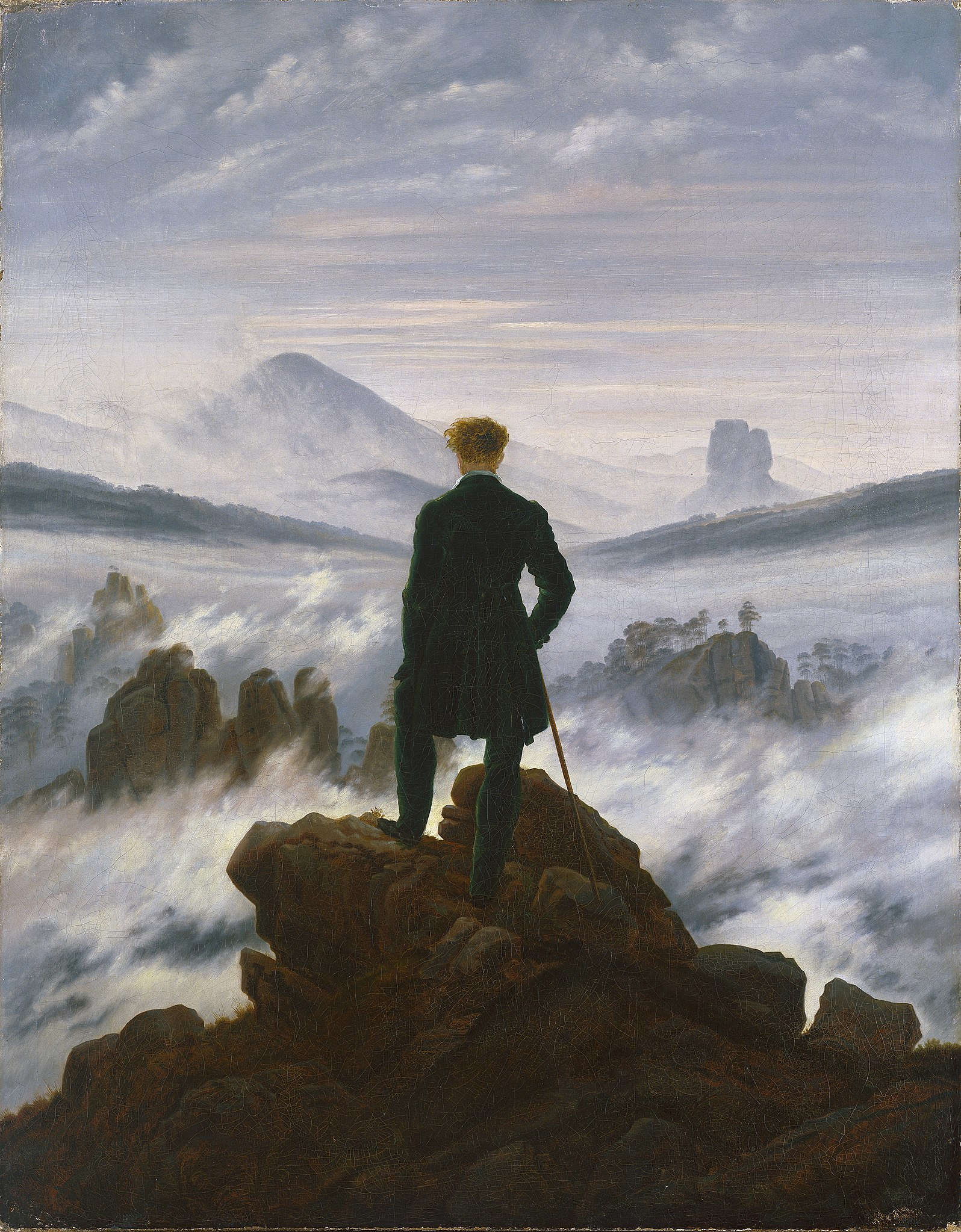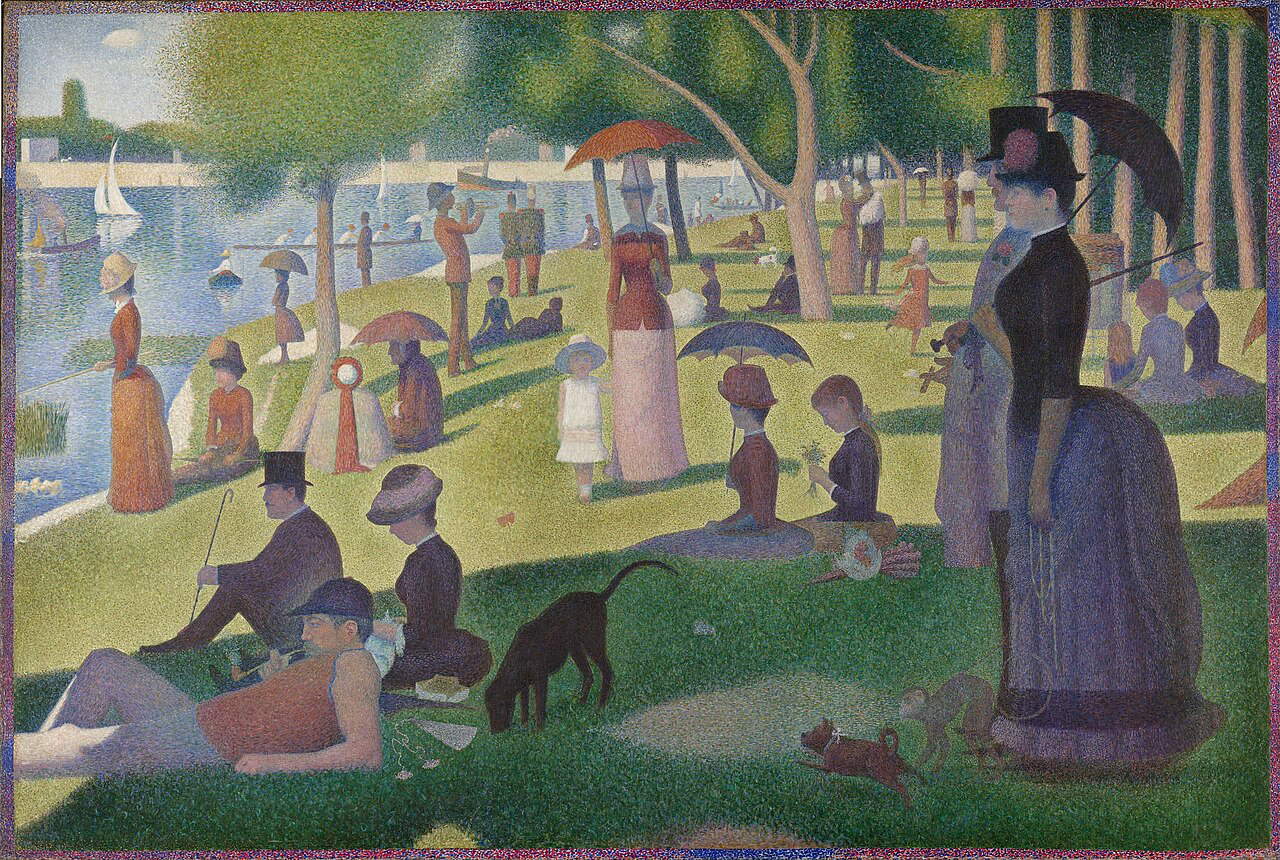A structured and accessible path to understanding the great movements of nineteenth-century art: this is the proposal of Institution School, a startup engaged in the design of new forms of artistic and cultural participation, which from October 14 to December 16, 2025 presents the online lecture series From Francisco Goya to Paul Cézanne. Ten lectures to understand the art of the 19th century. The program consists of ten live streaming appointments, broadcast every Tuesday at 6 p.m. on Zoom. The stated goal is to go beyond a simple sequence of notions, to offer instead a critical synthesis that shows how the nineteenth century, while rooted in the figurative traditions of previous centuries, was traversed by movements that opened the door to modernity. A perspective that also draws on the studies of Renato Barilli, among the doyens of art criticism in Italy, according to whom the 19th century should be interpreted as a hinge between classicism and the avant-garde movements of the 20th century.
The cycle includes a structured chronological and thematic scanning, with university professors, art historians and critics of national and international prominence. It begins on Oct. 14 with Guido Bartorelli, associate professor at the University of Padua, who will address the pre-Romantic period through the works of artists such as Füssli, Goya and Blake. The focus will be on visionary and symbolic atmospheres that, at the turn of the eighteenth and nineteenth centuries, already introduce elements of the contemporary.
On Oct. 21, it will be the turn of Fabiola Naldi, contemporary art historian and professor at the Academy of Fine Arts in Bologna, who will guide participants in the discovery of Neoclassicism. The lecture will focus on Canova, David and Ingres, highlighting how the rediscovery of classicism was not only a revival of ancient models, but also an exercise in rigorous spatial structuring, in line with a geometric conception of art. On Oct. 28, Pierluca Nardoni will instead address European Romanticism, with figures such as Friedrich, Turner, Géricault, Hayez and Delacroix. The analysis will show how Romanticism should not be understood as opposed to Neoclassicism, but as a parallel movement that constitutes its other side, privileging color, national feeling and the search for the sublime.



On Nov. 4, it will be the turn of Elisa Baldini, decorative arts scholar, who will introduce Realism through the works of Courbet, Millet and Daumier, placing it in dialogue with Historicism and the Pre-Raphaelites. A comparison that will bring out the different declinations of naturalistic representation and the tensions between formal instances and purist impulses. On Nov. 11, Fabriano Fabbri, professor at the University of Bologna, will devote his talk to the birth of Impressionism, from Manet to Monet, Renoir and Degas. The lecture will highlight the link between en plein air painting, technological innovations and the influence of early photographic experiments.
On Nov. 18 again, Elisa Baldini will lead an in-depth look at the Italian journey, with a focus on the Macchiaioli and the artists who brought 19th-century Italy to the international stage, such as Boldini and De Nittis. The look will also expand to sculpture, with the research of Medardo Rosso and Bistolfi, highlighting the variety and originality of national artistic expressions. On Nov. 25, Silvia Grandi, a researcher at the University of Bologna, will analyze the work of Cézanne, considered a decisive junction in the history of modern art. Her lecture will highlight the mental restructuring proposed by the French artist, whose investigation of color and form anticipated the great developments of the 20th century, from the Cubist avant-garde to abstractionism.
On Dec. 2 it will be the turn of Pasquale Fameli, associate professor at the same university, who will present Georges Seurat and Divisionism. The course will offer a look at the optical and formal revolution introduced by pointillism, an expression of a scientific conception of painting that radically changed chromatic perception. On December 9, Claudio Musso, critic and curator, will focus on Paul Gauguin and the Nabis experience. The lecture will analyze the innovative use of color and flat drafts that anticipated Expressionism and Fauvism, highlighting how Gauguin and his followers helped redefine European pictorial languages. The series will conclude on Dec. 16 with Giuseppe Virelli, professor at eCampus and the University of Bologna, who will explore Symbolism and Art Nouveau. The final lecture will recount the encounter between phytomorphic aesthetics, new decorative sensibilities and languages that, at the turn of the 19th and 20th centuries, prepared the entry into modernity.
All meetings will be streamed live on Zoom and will be interactive: participants will have the opportunity to ask questions of the lecturers and engage in direct discussion during the lectures. As for costs, the single meeting is set at 12 euros, while the full package of ten lectures will be available at the reduced price of 90 euros. Students under 26 will be able to take advantage of dedicated rates: 8 euros for single lessons or 60 euros for the entire cycle.
Registration is open on the Eventbrite platform, where you can view the detailed program and reserve your place. For more information, the email address institutionschool.subscription@gmail.com is also active.
 |
| Online a series of ten lectures to discover the art of the 19th century |
Warning: the translation into English of the original Italian article was created using automatic tools. We undertake to review all articles, but we do not guarantee the total absence of inaccuracies in the translation due to the program. You can find the original by clicking on the ITA button. If you find any mistake,please contact us.